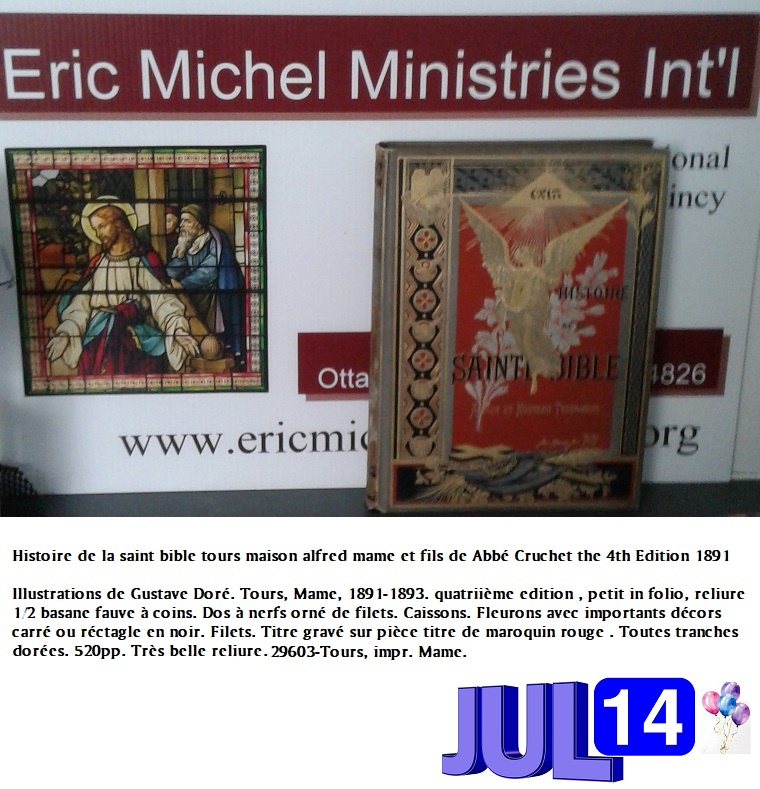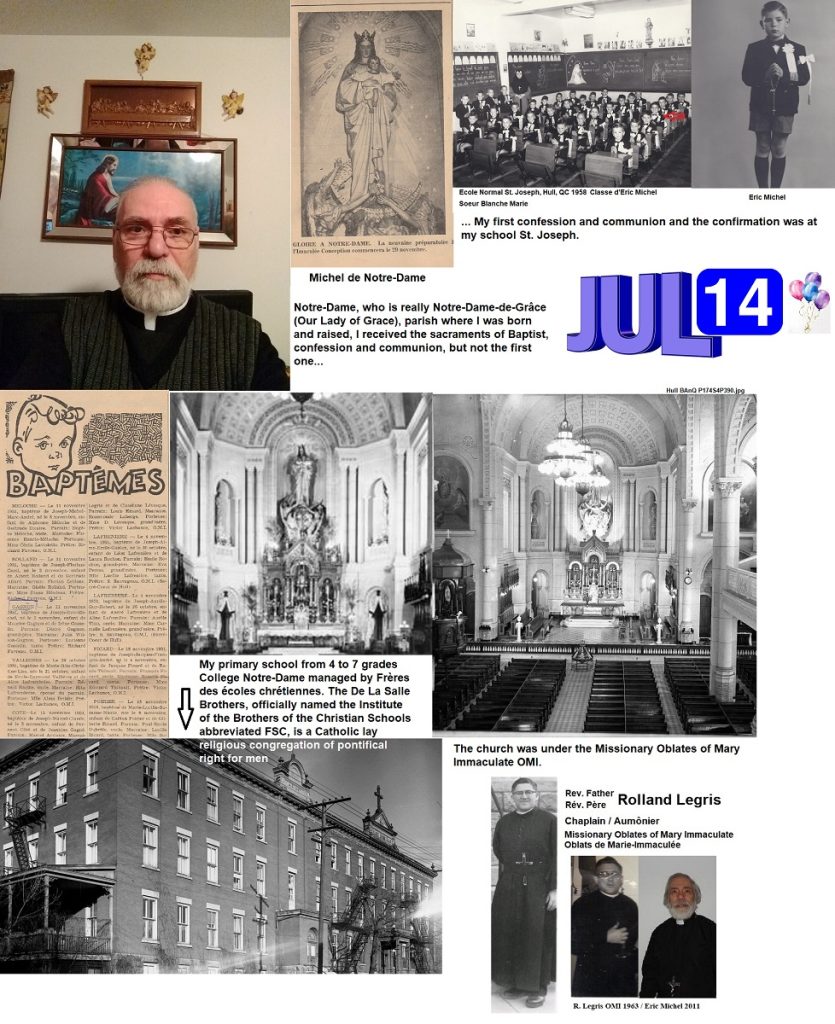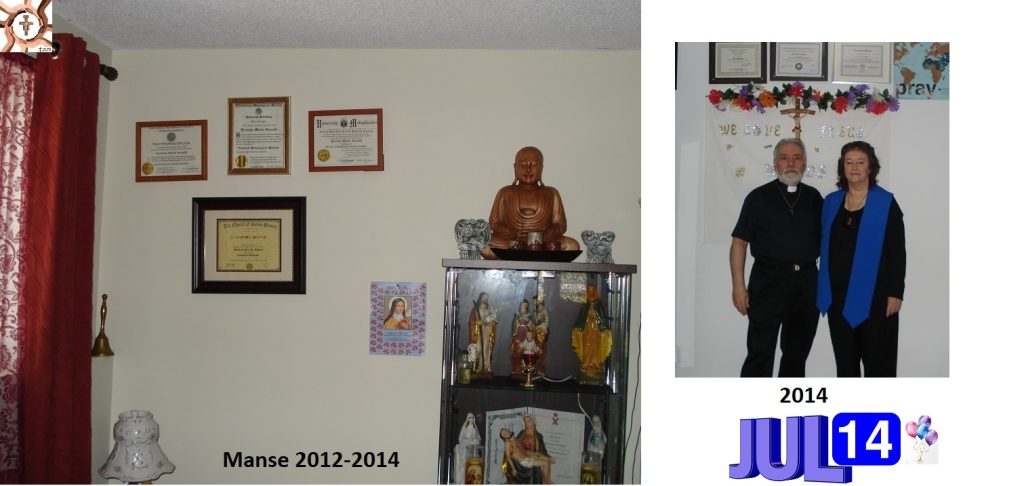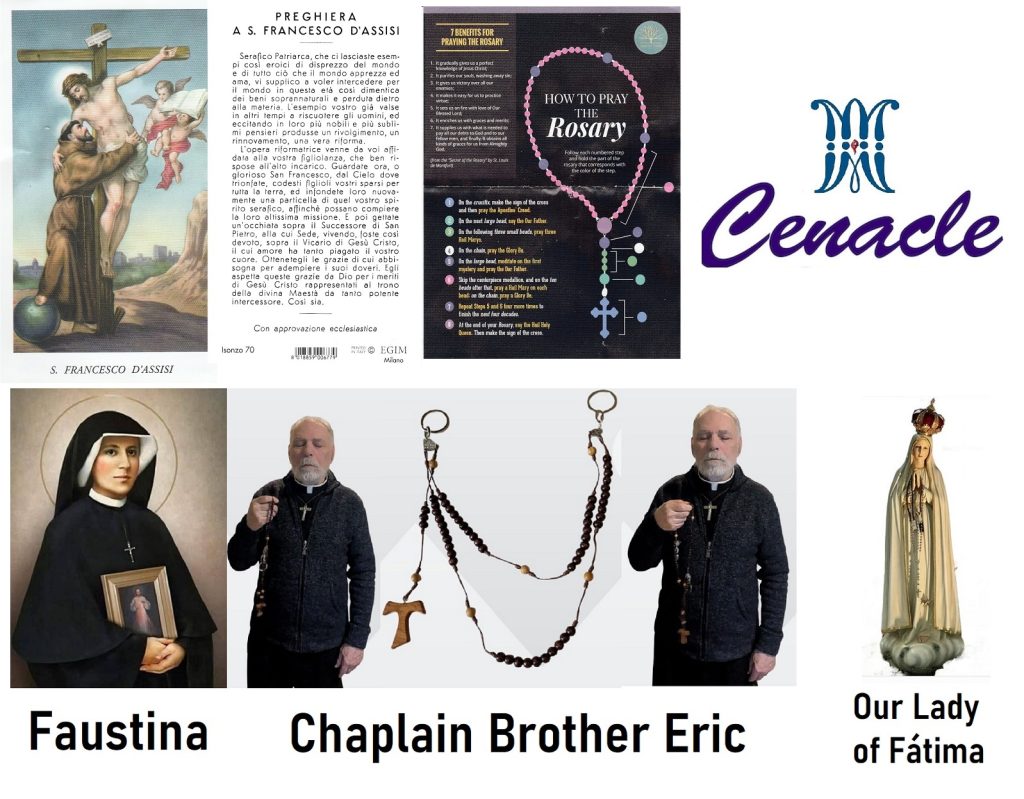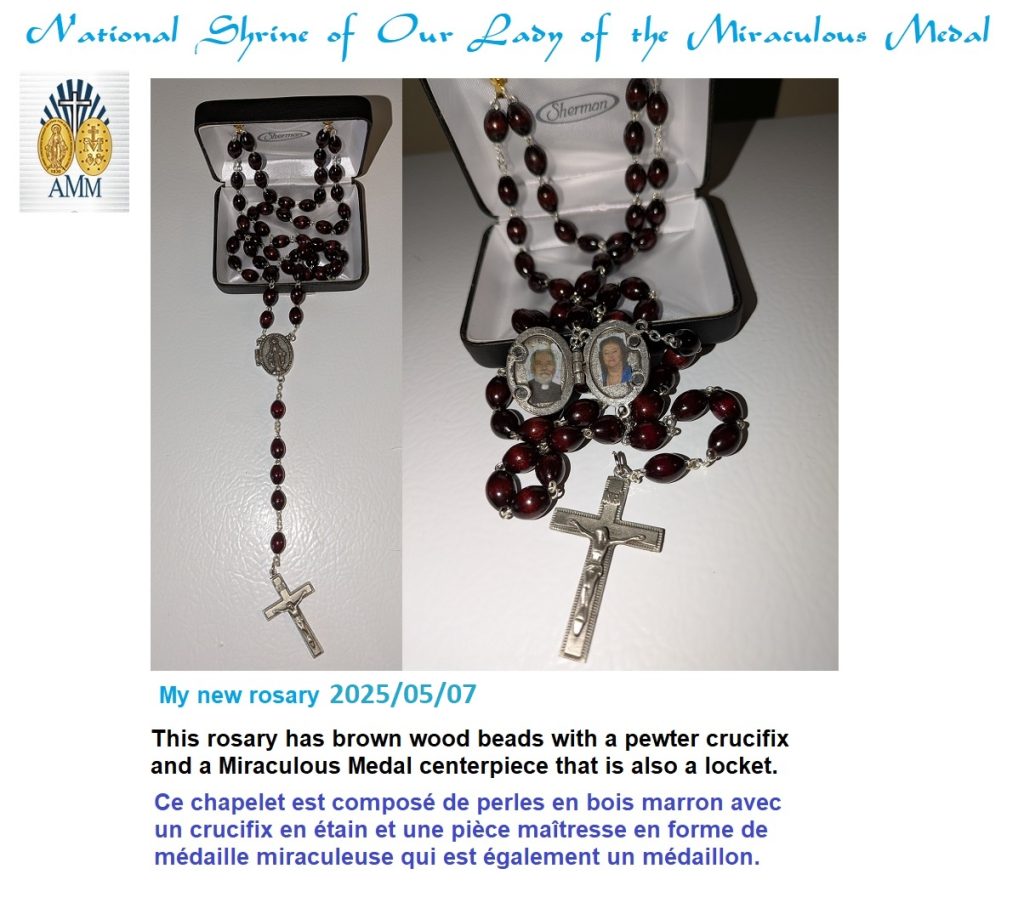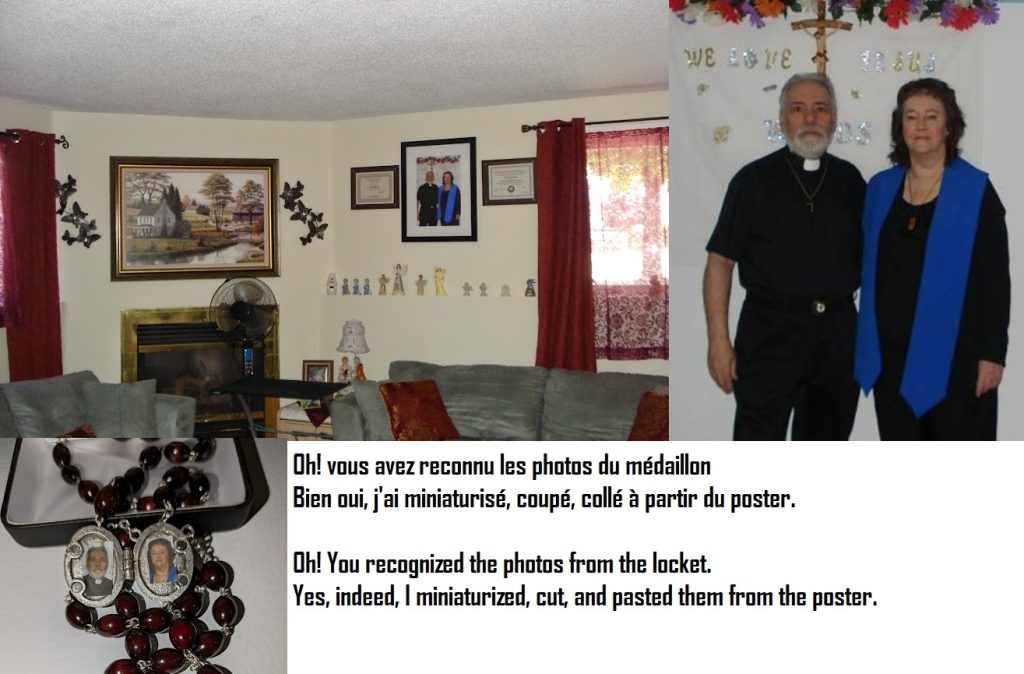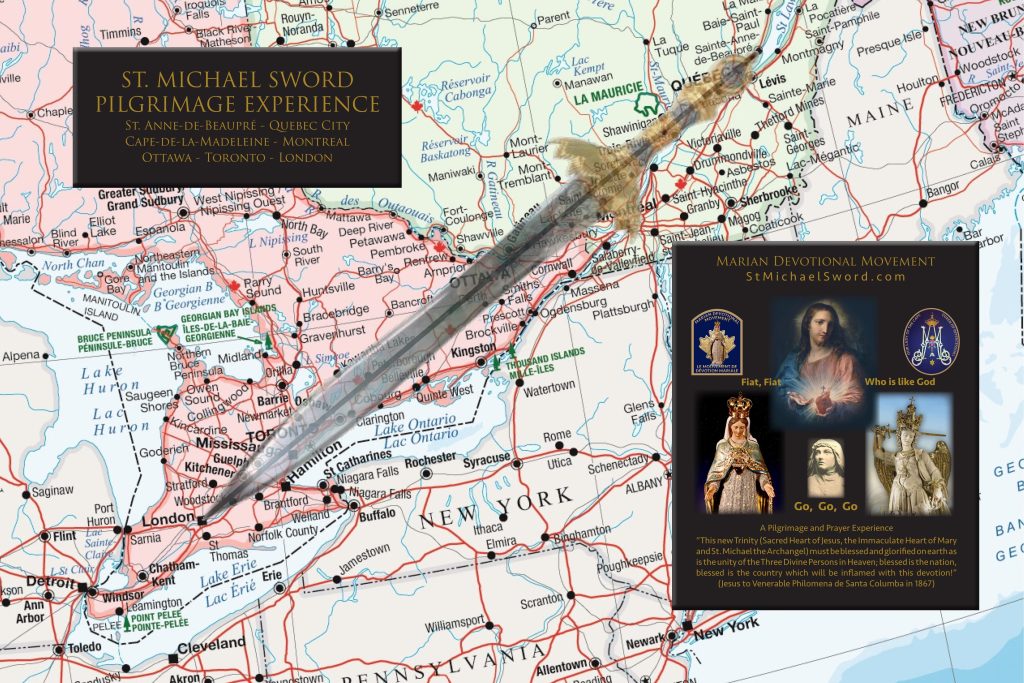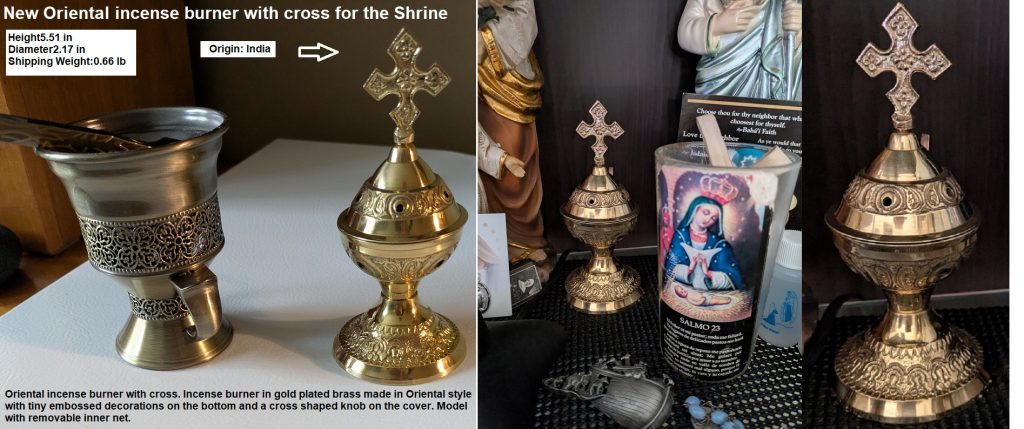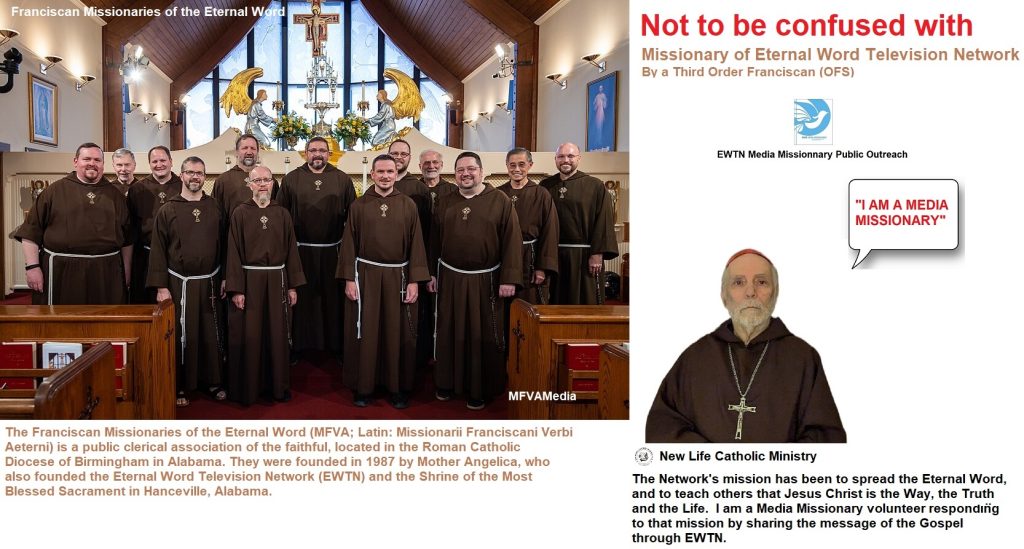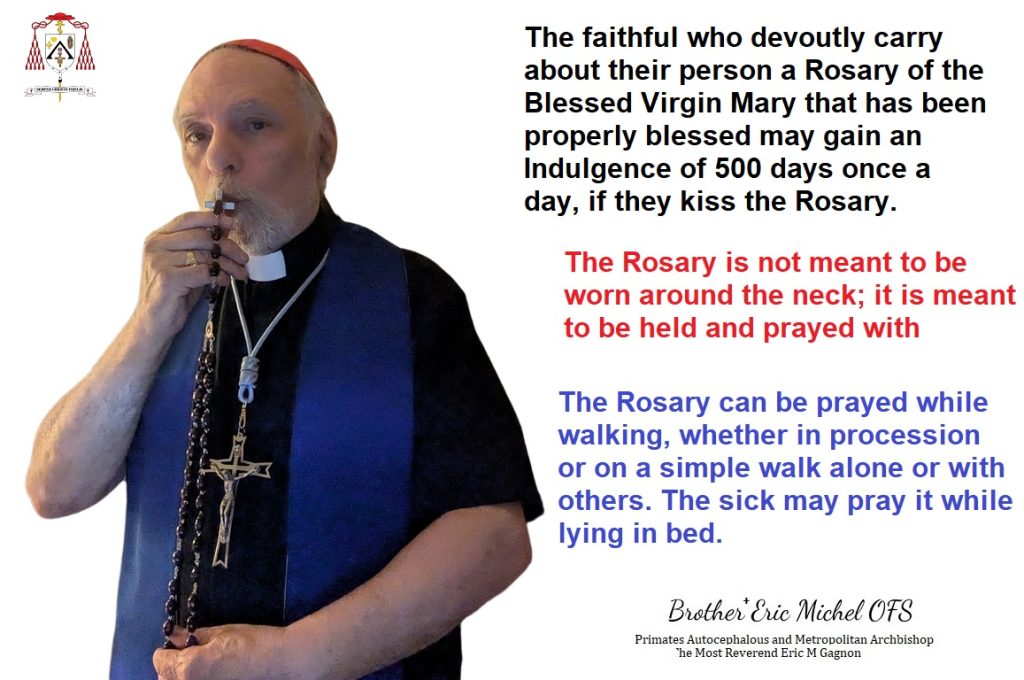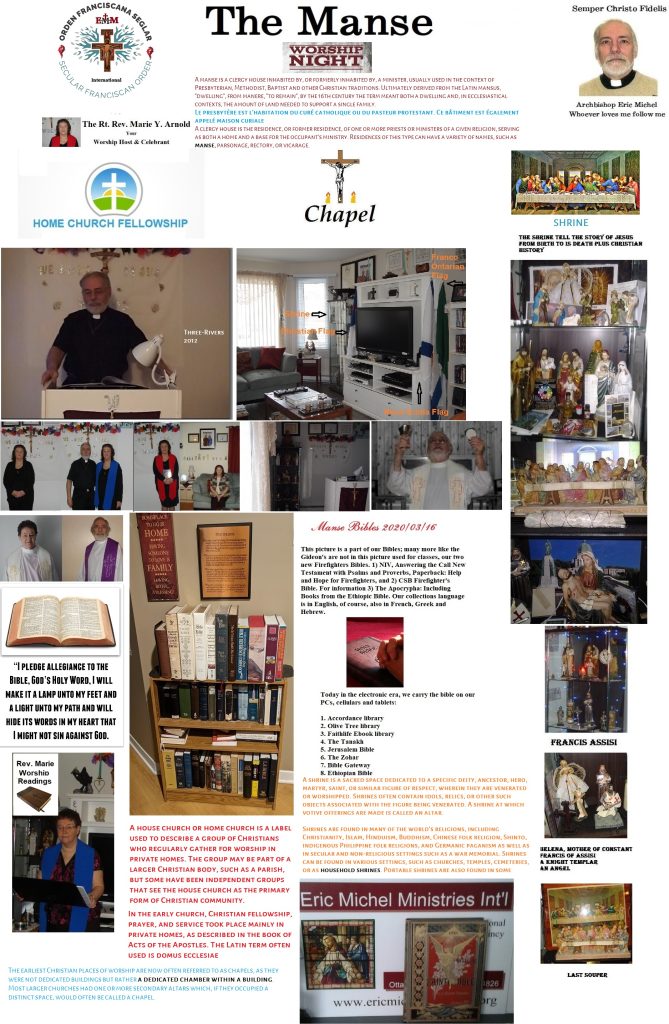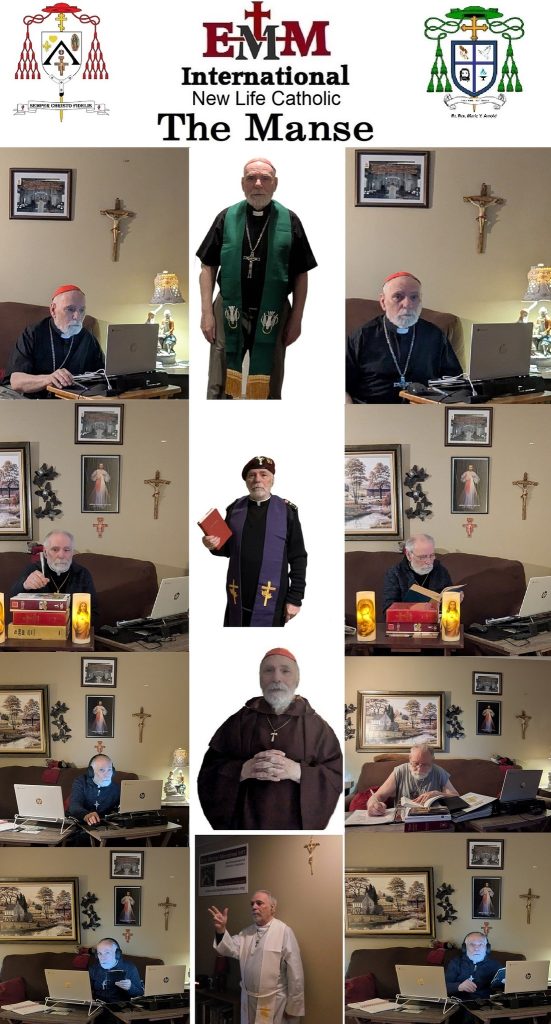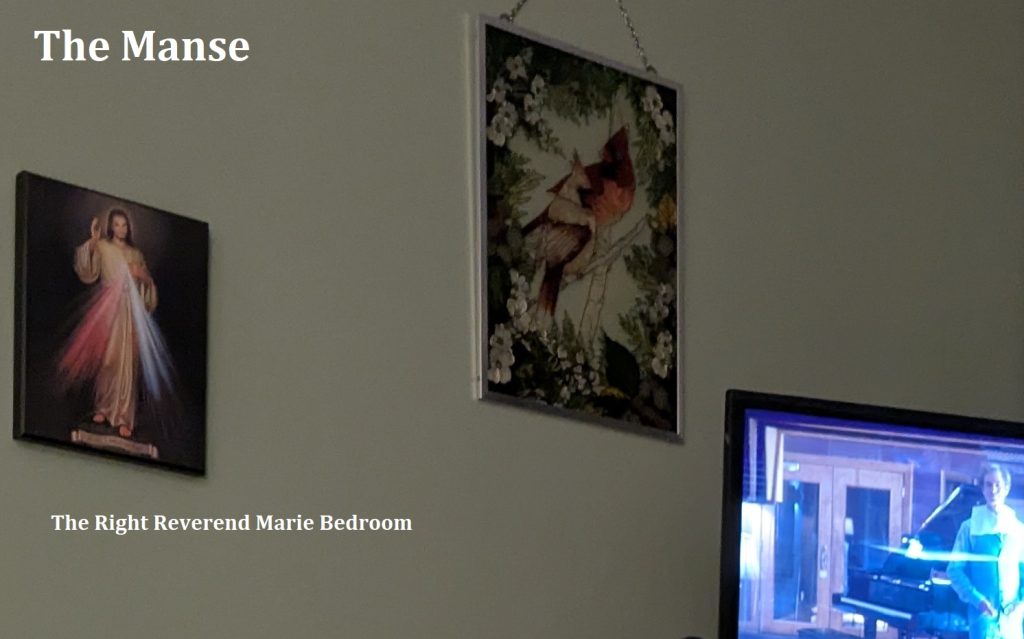Incense is an aromatic biotic material that releases fragrant smoke when burnt. The term is used for either the material or the aroma. Incense is used for religious worship.
A variety of materials have been used in making incense. Historically, there has been a preference for using locally available ingredients. For example, sage and cedar were used by the indigenous peoples of North America. Trading in incense materials comprised a significant part of commerce along the Silk Road and other trade routes, one notably called the Incense Route. Local knowledge and tools were highly influential on the style, but methods were also influenced by migrations of foreigners, such as clergy and physicians.
The combustible base of a direct burning incense mixture not only binds the fragrant material together but also allows the produced incense to burn with a self-sustained ember, which propagates slowly and evenly through an entire piece of incense with such regularity that it can be used to mark time. The base is chosen such that it does not produce a perceptible smell. Commercially, two types of incense base predominate:
Fuel and oxidizer mixtures: Charcoal or wood powder provides the fuel for combustion, while an oxidizer such as sodium nitrate or potassium nitrate sustains the burning of the incense. Fragrant materials are added to the base before shaping, as in the case of powdered incense materials, or after, as in the case of essential oils. The formula for charcoal-based incense is superficially similar to black powder, though it lacks the sulphur.
Natural plant-based binders: Gums such as gum arabic or gum tragacanth are used to bind the mixture together. Mucilaginous material, which can be derived from many botanical sources, is mixed with fragrant materials and water. The mucilage from the wet binding powder holds the fragrant material together while the cellulose in the powder combusts to form a stable ember when lit. The dry binding powder usually comprises about 10% of the dry weight in the finished incense. These include:
- Makko (incense powder) is made from the bark of various trees in the genus Persea (such as Persea thunbergii)
- Xiangnan pi (made from the bark of trees of the genus Phoebe, such as Phoebe nanmu or Persea zuihoensis.
- Jigit: a resin-based binder used in India
- Laha or Dar: bark-based powders used in Nepal, Tibet, and other East Asian countries.
Typical compositions burn at a temperature between 220 and 260 °C (428–500 °F).
Incense of the Eastern Orthodox Christian monastic tradition on Mount Athos is made by powdering frankincense or fir resin and mixing it with essential oils. Floral fragrances are the most common, but citrus, such as lemon, is not uncommon. The incense mixture is then rolled out into a slab approximately 1 centimetre (0.39 in) thick and left until the slab has firmed. It is then cut into small cubes, coated with clay powder to prevent adhesion, and allowed to harden and dry thoroughly. In Greece, this rolled incense resin is called ‘Moskolibano’, and generally comes in either a pink or green colour, denoting the fragrance, with pink being rose and green being jasmine.
Passages in the Bible inspire the use of incense in Christianity; its use in prayer and worship carries with it a Christian symbolism. Incense is used in Christian churches, including the Roman Catholic, Eastern Orthodox, Assyrian Church of the East, Oriental Orthodox, Lutheran and Old Catholic denominations, as well as in some Methodist, Continental Reformed, Presbyterian, and Anglican churches. A thurible is used to hold the burning incense. Each thurible consists of a censer section, chains to hold and swing it, a perforated lid, and a crucible in which burning charcoal is placed. The incense is placed directly upon the charcoal, where it melts to produce a sweet-smelling smoke. This may be done several times during the religious service as the incense burns quite quickly. The thurible is swung by its chains to fan the charcoal, to produce copious smoke, and to distribute the smoke.
Religious use of incense is prevalent in many cultures and may have roots in the practical and aesthetic uses, considering that many of these religions have little else in common. One common motif is incense as a form of sacrificial offering to a deity. Such use was everyday in Judaic worship and remains in use, for example, in the Catholic, Orthodox, and Anglican churches.
Other cultures worldwide may burn herbs or incense for spiritual purposes, such as in smoking ceremonies, some forms of saining, or practices involving the use of incense censers. However, these cultures have their practices, as well as their own beliefs about these ritual actions and the ritual use of smoke.
Smudging, or other rites involving the burning of sacred herbs (e.g., white sage) or resins, is a ceremony. Use smoke for spiritual cleansing or blessing.








